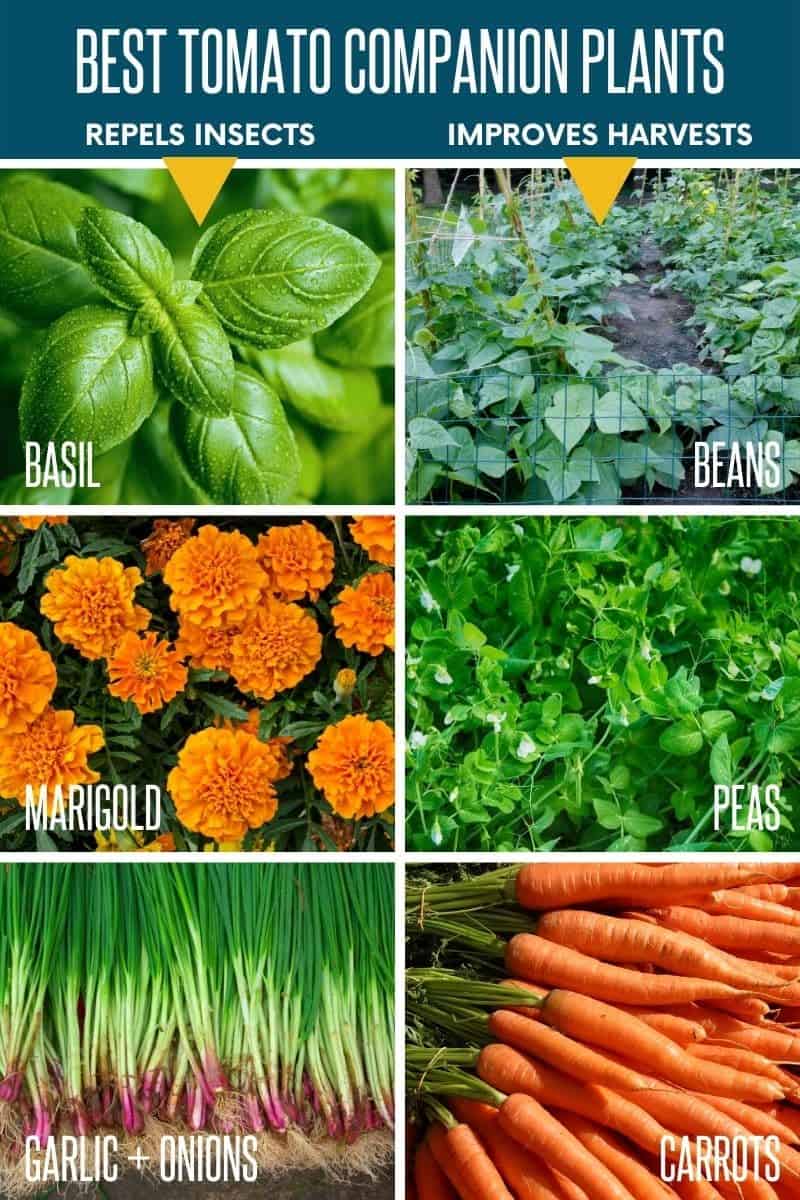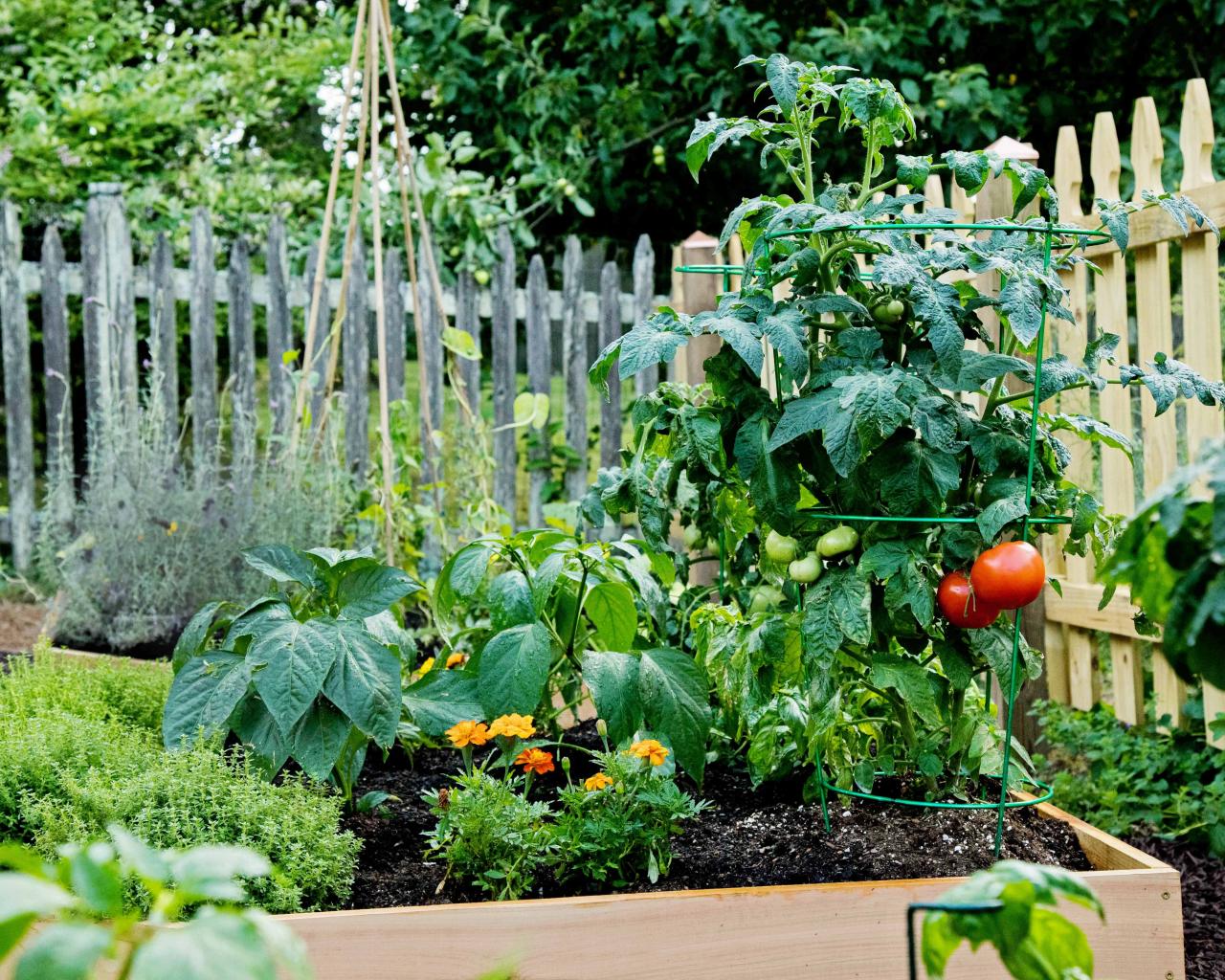How to Choose the Best Companion Plants for Tomatoes

Growing tomatoes can be a rewarding experience, but it can also be challenging. Just like in life, having the right companions can make all the difference. In the garden, companion planting is a strategy that can enhance the health and productivity of your tomato plants. But how do you choose the best companion plants for tomatoes? Let's dive in and explore the fascinating world of tomato companion plants.
Understanding Companion Planting
Companion planting is like creating a well-balanced team. Each plant brings something unique to the table, whether it's nutrients, pest control, or improved soil health. When it comes to tomatoes, the right companions can make your plants thrive.
What is Companion Planting?
Companion planting is the practice of growing different plants together for mutual benefit. This can include improving soil health, deterring pests, and even enhancing the flavor of your tomatoes. It's a natural and sustainable way to manage your garden.
Why Choose Companion Plants for Tomatoes?
Choosing the best companion plants for tomatoes can help you achieve a healthier and more productive garden. Beneficial plants for tomatoes can provide a range of advantages, from improving soil quality to repelling pests.
The Best Companion Plants for Tomatoes
When selecting tomato companion plants, it's essential to consider their specific benefits. Here are some of the best companion plants for tomatoes:
Herbs: Nature's Pest Control
Herbs like basil, parsley, and oregano are excellent companions for tomatoes. Basil, in particular, is known to repel flies and mosquitoes. Plus, it's a delicious addition to your tomato dishes! Parsley and oregano also help deter pests and improve soil health.
Flowers: Attracting Beneficial Insects
Flowers such as marigolds and nasturtiums are not only beautiful but also beneficial plants for tomatoes. Marigolds contain a substance called thiopene, which helps repel nematodes (microscopic worms that can damage tomato roots). Nasturtiums attract aphids, keeping them away from your tomato plants.
Vegetables: Sharing the Soil
Some vegetables make excellent tomato companion plants. Carrots, for example, loosen the soil, making it easier for tomato roots to grow. Lettuce and spinach are shallow-rooted and won't compete with tomatoes for nutrients. Additionally, they provide a living mulch that helps retain soil moisture.
Plants to Avoid
Not all plants make good companions for tomatoes. Some can compete for nutrients or even attract pests. Here are a few to avoid:
Potatoes: The Competitive Cousin
Potatoes and tomatoes are both members of the nightshade family and share many of the same pests and diseases. Planting them together can increase the risk of infestations and infections.
Fennel: The Soil Hog
Fennel is known to inhibit the growth of other plants, including tomatoes. It releases chemicals into the soil that can stunt the growth of nearby plants.
Walnut Trees: The Nutrient Thief
Walnut trees produce a chemical called juglone, which is toxic to many plants, including tomatoes. Avoid planting tomatoes near walnut trees to prevent stunted growth and poor yields.
Tips for Successful Companion Planting
To get the most out of your tomato companion plants, follow these tips:
Plan Your Garden Layout
Before you start planting, plan your garden layout. Consider the size and growth habits of each plant to ensure they complement each other. For example, tall tomato plants can provide shade for shorter, heat-sensitive plants like lettuce.
Rotate Your Crops
Crop rotation is essential for maintaining soil health and preventing the buildup of pests and diseases. Avoid planting tomatoes in the same spot year after year. Instead, rotate them with other crops to keep your garden healthy.
Monitor for Pests and Diseases
Regularly inspect your plants for signs of pests and diseases. Early detection can help you take action before problems get out of hand. Companion plants can help, but they're not a substitute for good garden hygiene.
Conclusion
Choosing the best companion plants for tomatoes can transform your garden into a thriving ecosystem. By selecting the right herbs, flowers, and vegetables, you can improve soil health, deter pests, and enhance the flavor of your tomatoes. Remember to avoid plants that compete for nutrients or attract pests, and follow good gardening practices to ensure a successful harvest.
So, are you ready to create a harmonious garden where tomatoes and their companions flourish together? The journey starts with a single seed. Happy gardening!
FAQs
What are the best herbs to plant with tomatoes? Basil, parsley, and oregano are excellent herbs to plant with tomatoes. They help repel pests and improve soil health.
Can I plant potatoes with tomatoes? It's not recommended to plant potatoes with tomatoes. Both are members of the nightshade family and share many of the same pests and diseases.
How do marigolds help tomato plants? Marigolds contain a substance called thiopene, which helps repel nematodes (microscopic worms that can damage tomato roots).
Why should I avoid planting fennel near tomatoes? Fennel releases chemicals into the soil that can stunt the growth of nearby plants, including tomatoes.
What are the benefits of companion planting for tomatoes? Companion planting can improve soil health, deter pests, and enhance the flavor of your tomatoes. It's a natural and sustainable way to manage your garden.


0 Response to "How to Choose the Best Companion Plants for Tomatoes"
Post a Comment